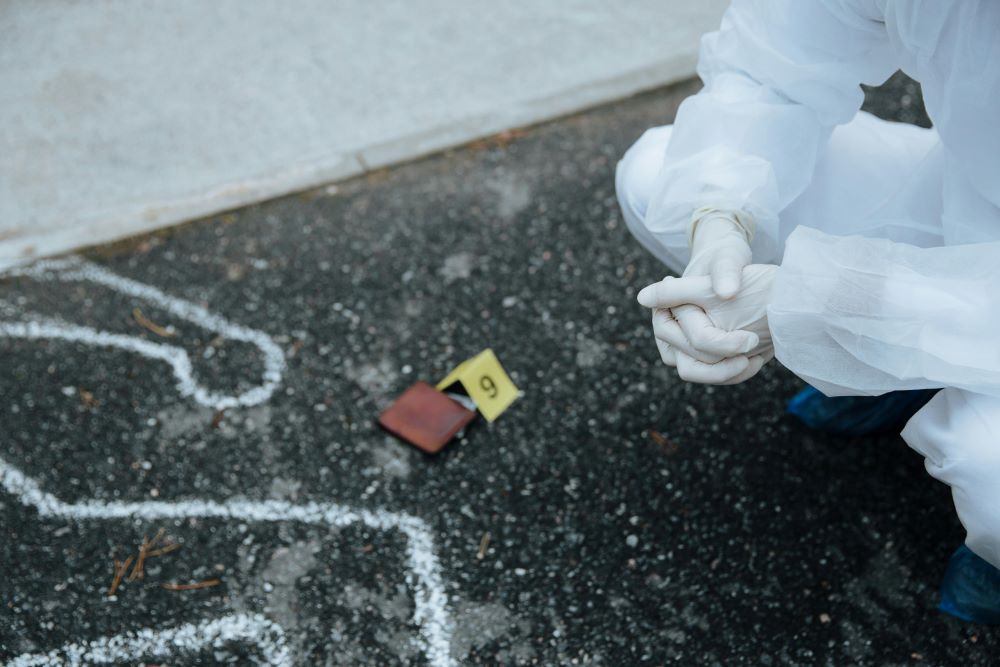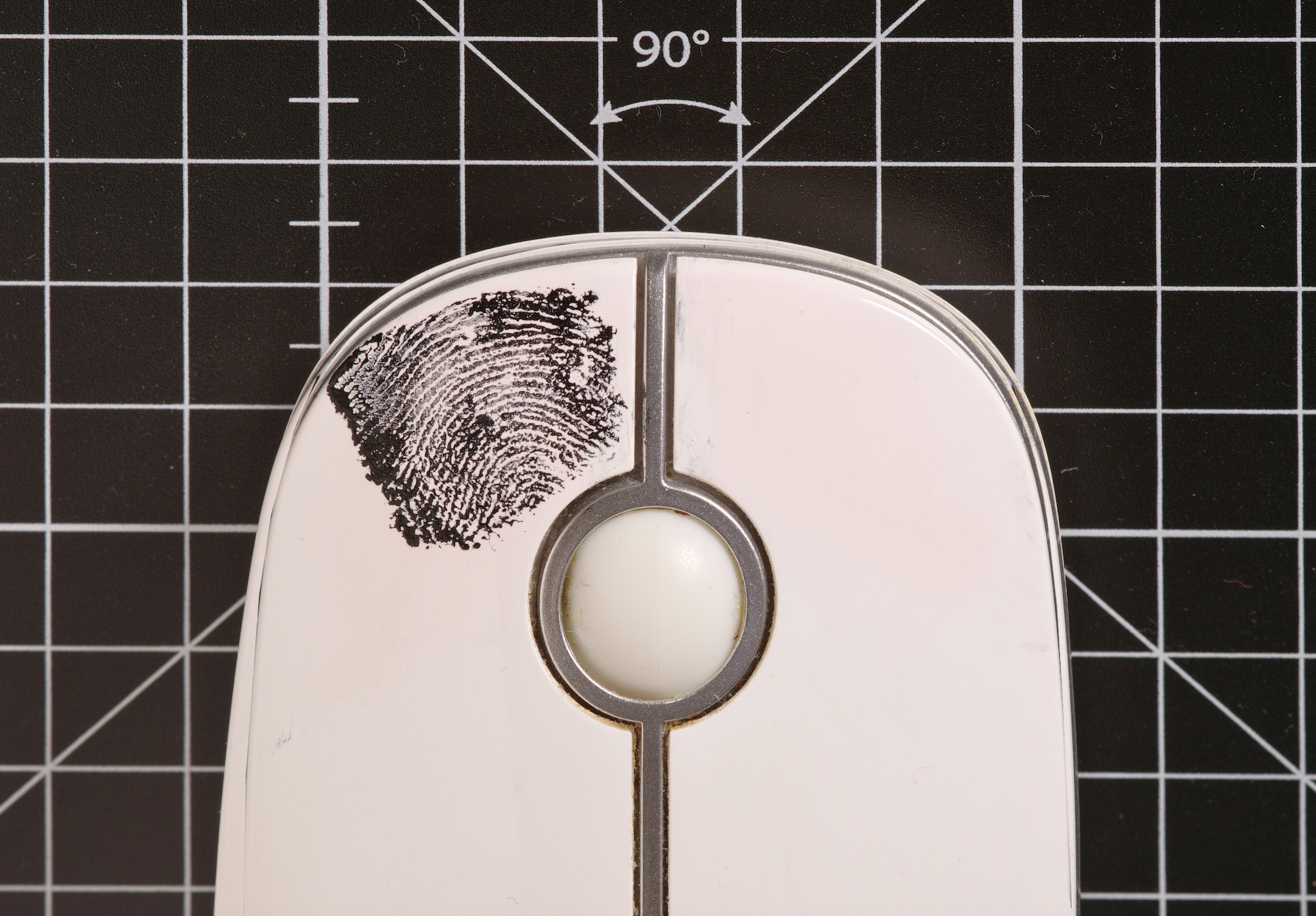Forensic evidence is information and materials collected from a crime scene.
Evidence plays a crucial role in criminal cases, providing a foundation for the defense to build their case and dismantle that of the prosecution. With sufficient supporting evidence, a criminal defense lawyer can build a strong case demonstrating the defendant’s innocence, ensuring they are fairly represented and justice is upheld.
The prosecution and defense both rely on admissible evidence to support their arguments and refute those of the opposing side. Advances in forensic evidence have revolutionized the way crimes are investigated and continue to propel criminal investigations forward. In this article, we will take a closer look at the important role forensic evidence plays in criminal cases, increasing the efficiency, accuracy and speed in which cases can be solved.
Types of Forensic Evidence
Forensic evidence is information and materials collected from a crime scene and analyzed to provide useful, and often conclusive clues, that help to identify suspects, corroborate alibis or witness statements, and offer other key details relating to a crime. The types of forensic evidence that can help the prosecution build a case against a defendant can include the following:

- DNA evidence: This is one of the most powerful types of evidence used in criminal cases as it is unique to an individual’s genetic makeup. By collecting and analyzing biological evidence from the crime scene such as hair, blood, saliva or skin samples, investigators can offer the prosecution highly reliable evidence to link the victim or suspects to the crime scene. This evidence can also be a powerful tool for defense lawyers such as these criminal defence lawyers in Calgary, as it can prove the DNA does not match the defendant’s, supporting the argument that they were not involved and ensuring the wrong person is not accused of the crime.
- Fingerprints: Similar to DNA evidence, fingerprints also offer a highly reliable insight into who was present at a crime scene due to the unique nature of this type of evidence. By comparing fingerprints taken from surfaces such as windows, door handles, pieces of paper or weapons found at the crime scene, with those within their database, investigators can determine whether the defendant was present at the scene or involved in the crime.
- Ballistics: Ballistic evidence can provide invaluable evidence regarding the firearms used in a crime. Investigators can determine many key facts about a crime by analyzing bullets, cartridges, striations, shooting trajectories, entry and exit wounds, and other evidence relating to the use of firearms. With this information, they can identify the type of firearm used, the angle or shooting distance from which it was fired, and accurately reconstruct the events of an incident such as a homicide or murder. This can play a crucial role in corroborating the statements of eyewitnesses as well as the defendant, helping to support or refute their claims.
- Trace evidence: This involves the examination of small particles such as fibers, soil, paint or glass and is exchanged when two people or objects interact. By analyzing these minuscule particles, investigators can help to link or disprove the defendant’s involvement with the crime.
These are just some of the ways forensic evidence can help to challenge or support the arguments of the prosecution and defense and assist in securing the rightful verdict.


Join the conversation!